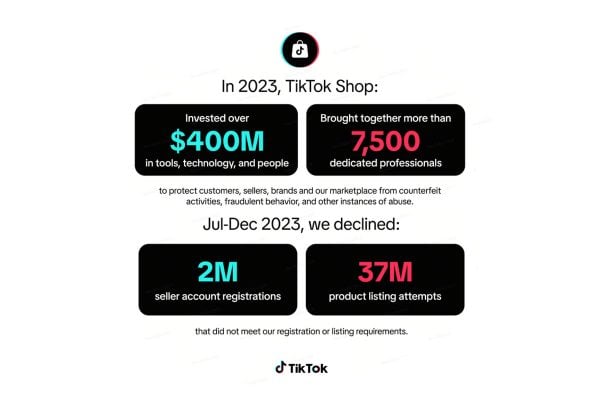Once you have found the right private web designer for your business, you need to draw up a contract to make sure that both of you know what you are doing, what is expected of each party and, frankly, to protect you both.
This is a golden opportunity to real nail down what it is you are trying to achieve and how to get there: think of it as a sort of business plan, with a list of key deliverables and their costs.
Also bear in mind that as the site owner this may be the first time you have done this, so you may need to exercise and element of trust and work with the designer on some elements of the contract as they will have more knowledge of how long things take and how much time costs.
You have to just keep your wits about you and query anything that doesn’t sound right.
So what do you need to put into a contract betwixt you and a freelance developer?
Scope of work and job description
Sounds simple, but its not – and it is the defining piece of the contract as this is what could make or break your site and business development plans. This should include:
- The number of pages to be built
- The number of programs, scripts, or CGIs to be built
- The number of graphics to be created
- The amount of content to be written
- A margin of error – such as the percentage overage for the above where the contract needs to be revisited.
For example:
5-7 Web pages with 1 contact form and CGI or PHP script. Each page will have between 2 and 5 graphics and 3-6 paragraphs of text to be created by the designer. If, in planning, more than 10 Web pages, 1 script, or 50 graphics are needed, the contract will need to be amended.
Project times
Good contracts include dates. While it can be tempting to leave it up to the client, after all they want the site fixed, don’t they? Many clients will get busy with other things or just forget if you don’t have hard dates written in the contract for both you and them.

Some of the dates should include:
- Signed contract due date
- Start of work
- Plans or designs completed
- Approval of plans or designs by client
- Content due dates for client
- Milestone releases for designer
- Invoice dates (with amount that will be invoiced)
- Site completion date
- Review by clients due date
- Updates complete date
- Final review by clients
- Launch date
Payment
Not only should you include how much the project will cost, but also how much will be invoiced and when and agree this ‘schedule of payments’ with the developer. Many freelancers require a deposit of between 30 and 50% of the total project fee. This will insure that you the client is serious, as well as committing the freelancer to at least a third of the work.
If you need domains to be bought or hosting to be set up, then these costs must also be covered in the contract, along with who will pay them and if it’s the designer, how and when they will be reimbursed. Many developers will do this for you but will want the money up front.
Finally, work out, agree and specify how the developer is going to get paid. Most of the time you won’t have to specify what currency, but you should at least define whether checks are okay or whether you like to pay with PayPal account, Direct Debit or cash.
You should also look at specifying when payments are made. Many freelancers also ask for late payment penalties to be added in. Tread carefully here and try to avoid.
Revisions
More than likely the work done will not be perfect first time and you will want to make some changes. Ideally, get an agreed number of revisions worked into the contract and even a time period after the contracted time for any work that may need doing to make the thing work.
However, try not to get to a stage where you have a never ending spiral of revisions that go on and on. This will prove costly – perhaps even costing you the good will of your developer (who may also be wont to bad mouth you to other developers). So be reasonable and treat each other with respect.
Credits
A developer may want to specify in their contract that they will be credited for the work done and to have access to files for their portfolio or to show as reference work for future clients. The extent of this – what they can have and how long they can use it for – needs to be specified in the contract.
You also need to cover off:
- Where the credit will be displayed
- How they will be credited
- Whether a link to their business site is included
- How long it should remain on the site
- And what things they are credited for – especially if they created things like Flash, photos, or content for the site









